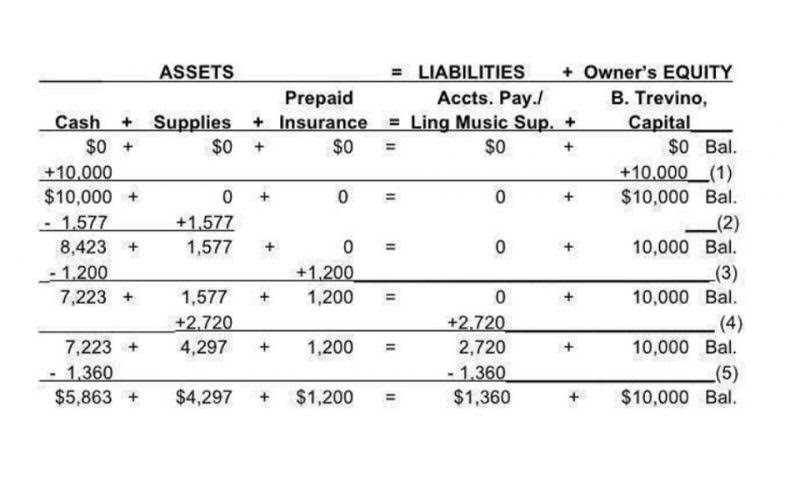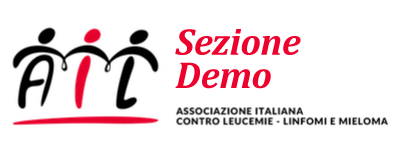Automated Spend Analysis Software Solution AI Spend Analysis Tools for Procurement GEP SMART
Connect and analyze procurement data across borders, languages, and systems with our cross-border spend analysis capabilities. Multi-linguistic data recognition enables global spend analysis with custom taxonomy mapping capabilities automated spend analysis and flexible deployment options including cloud and hybrid configurations. Supplier performance management becomes more data-driven and objective. Instead of relying on subjective assessments, organizations can use concrete spending data to evaluate supplier relationships, identify top performers, and make informed decisions.

Use PLANERGY to manage purchasing and accounts payable
- In this guide, we will explore the key benefits of automated accounting and provide practical tips to help you implement these technologies effectively.
- This is the kind of analysis done by Category managers and sourcing specialists when they need to analyze spend on a small scale, when needed, to source a category, etc.
- Clear can also help you in getting your business registered for Goods & Services Tax Law.
- Its Cash Management module automates bank integration, global visibility, cash positioning, target balances, and reconciliation—streamlining end-to-end treasury operations.
- AI can automate these tasks, reducing manual effort and improving accuracy.
- This table shows that while analyzing spend data on Excel is possible, a lot of issues regarding data inconsistencies can be seen.
The automated spend analysis solutions market is experiencing substantial growth fueled by several key factors. The increasing complexity of global supply chains compels businesses to improve procurement transparency and efficiency. This leads to a greater demand for solutions that can provide detailed visibility into spending patterns, identify areas for cost reduction, and optimize purchasing processes. Moreover, the rapid expansion of data generated across procurement operations has created a need for automated systems capable of processing and analyzing large datasets effectively. The integration of advanced analytics techniques, including AI and ML, further empowers these solutions to offer predictive insights and enhance decision-making. The growing regulatory landscape, emphasizing compliance and data transparency, also drives the adoption of robust, auditable automated spend analysis solutions.
How to use automated spend analysis in working capital management

Companies implementing specialized procurement solutions have experienced an average cost reduction of 8-20% with 40-60% reduction in manual analysis time. In the past, spend Sales Forecasting analysis was primarily done manually using spreadsheets or spend cubes. It involved painstakingly gathering, organizing, and analyzing data from various sources.
Asia Pacific Service Robotics Industry Growth Opportunities …
Since procurement transformation is making procurement and cost management more complicated for many businesses, spreadsheets and accounting analytical tools are no longer sufficient. Procurement teams who don’t leverage automated technologies throughout the supply chain are lagging behind and making things worse. Once the transformation takes hold, spend analytics often allows organizations to reach beyond transparency, revealing new improvement opportunities and supporting deeper negotiations with suppliers. To create a holistic view of the supply chain, spend and cost information can be combined with external data, such as geographical assessments, risk analyses, alternative supply sources, and financial statistics. This type of 360-degree view enables companies to make better decisions that increase the resiliency of their supply chain—a critical responsibility of the procurement function. A European industrial company sought to understand more than just spend and cost information in developing more visibility into its global supply-chain risk.

Innovation is concentrated in areas such as advanced analytics (AI/ML QuickBooks integration for predictive insights), enhanced data visualization, and seamless integration with existing procurement systems. Characteristics of innovation include the development of solutions capable of handling massive datasets from diverse sources and providing actionable intelligence, rather than just reporting. Data-driven enterprises need more than just periodic reports; they require a continuously updated, automated solution that enables real-time decision-making and cost optimization.
How do you measure and optimize the effectiveness of your sales follow-up cadence?

A spending analysis can pinpoint the causes and help reduce such instances. External data refers to the information received from vendors, lenders, creditors, or investors. Gathering external data, such as bank accounts and benchmarking data, can validate the accuracy of estimated numbers and enhance the value of analysis results. Here at Art of Procurement we don’t believe in a one-size-fits all approach to procurement technology – or anything for that matter. Instead, we offer first-hand observations and guidance based on decades of practitioner experience to help you self-assess your needs and options.
